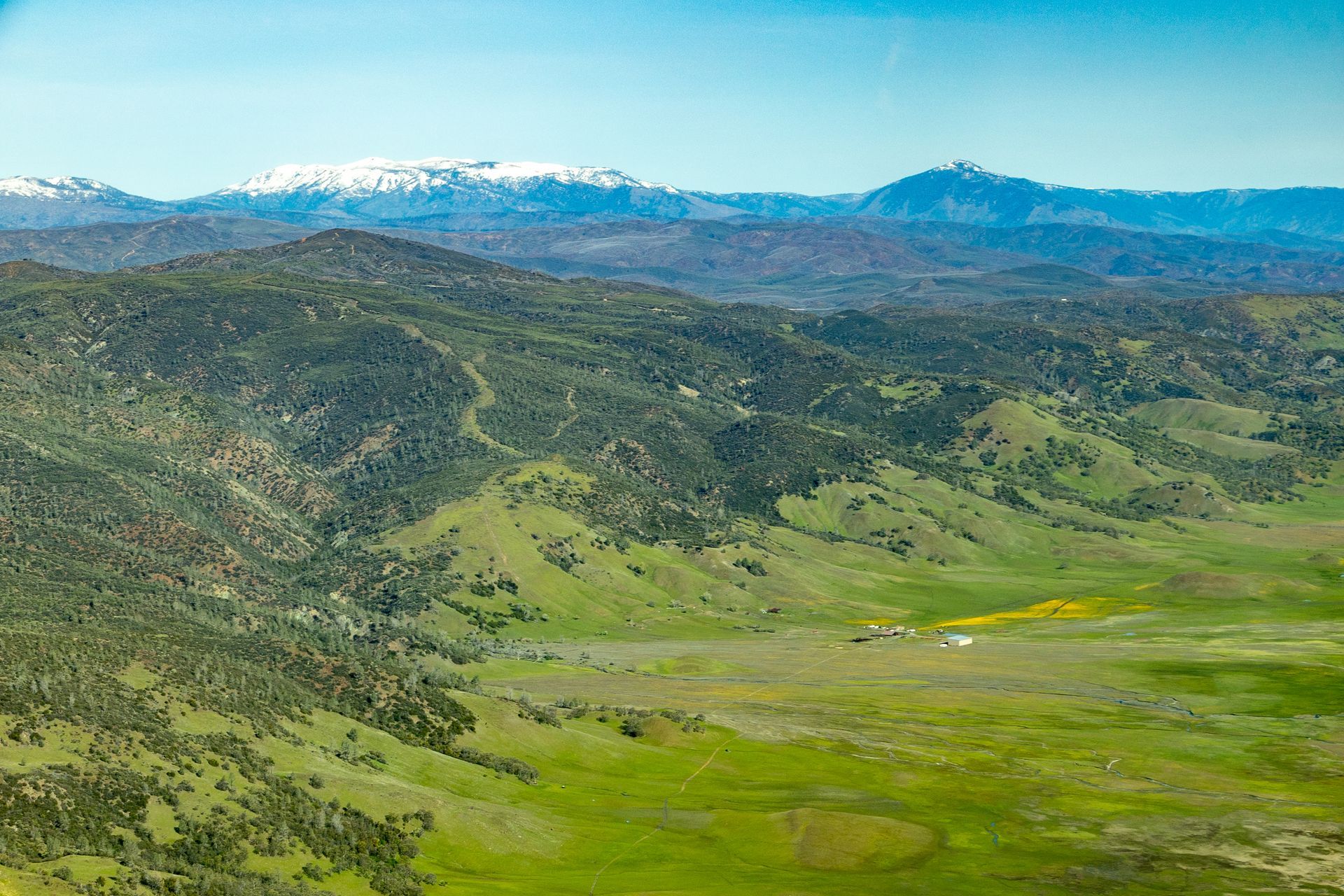Monumental Questions - How Significant Locations Get Named

Have you ever wondered how significant places or features like Molok Luyuk or Cache Creek get their names?
Way back in 1890’s the United States developed a need for a Federal agency that would help keep the names of geographic features and significant places organized and unified. This newly formed agency was called the United States Board on Geographic Names (BGN) and was made official by an Executive Order signed by President Benjamin Harrison in 1890. The main purpose of the BGN then and now is to maintain uniform geographic name usage throughout the Federal Government. The BGN is composed of representatives from various Federal agencies that are associated with geographic information, population, ecology and management of public lands. The Secretary of the Interior together with the BGN publicly publish the official names for geographic features with present and locatable attributes. The agencies also regulate principles, policies and procedures governing the use of domestic and foreign names, Antarctic names and undersea feature names. The BGN works with Federal, State, local and Tribal governments to provide a channel for unvarying geographic names and provides access to their database for domestic and foreign names as well as Antarctic and Undersea feature names.
The BGN’s first big task was managing the geographic feature names during the flood of settlers into the American West following the Civil War. Multiple spellings, contradictions and inconsistencies created a substantial problem for surveyors, map makers and even scientists. Once the BGN was established it had authority to determine final names and spellings and decisions were final and binding to all agencies of the Federal government. The BGN does not regulate but standardizes names; their bylaws have been in place since 1948 and are revised when necessary. After demonstrating the benefits of having standardized names for decades, now more than 50 nations have followed suit and today have some type of national names authority. The need for standardized names may seem obvious for some fields such as mapping and charting but other agencies such as population, ecology, management of public and offshore lands, publishing, foreign affairs and even national security also utilize the BGN’s work.
Today the responsibility of domestic geographic names is the responsibility of the BGN’s Domestic Names Committee (DNC) with support from the United States Geological Survey (USGS). The DNC consists of representatives from the Department of the Interior, Commerce, Agriculture, Defense, Homeland Security, the United States Postal Service, the Government Publishing Office and the Library of Congress. They meet monthly to finalize names and review hundreds of proposals for new names or name edits annually from Tribal, Federal, State, local and private citizens. New names are never proposed by the DNC, their task is to mediate name controversies and to make decisions on the final outcome.
The agency is currently working on changing derogatory and offensive names throughout the United States. If you’d like to explore how to suggest a new name or a name edit, check out this site. The Coalition for Outdoor Renaming and Education (CORE) is a coalition of concerned individuals and organizations that are dedicated to “restoring justice through an inclusive process of reconciliation by the remaining of offensive places”, CORE 2024. To learn more about CORE visit their website. And yes! The DNC under the BGN has already updated the database to show that Molok Luyuk is the official name for the new addition to our favorite National Monument!
-Kristie Ehrhardt (kehrhardt@tuleyome.org)
Tuleyome Land Conservation Program Manager
RECENT ARTICLES






